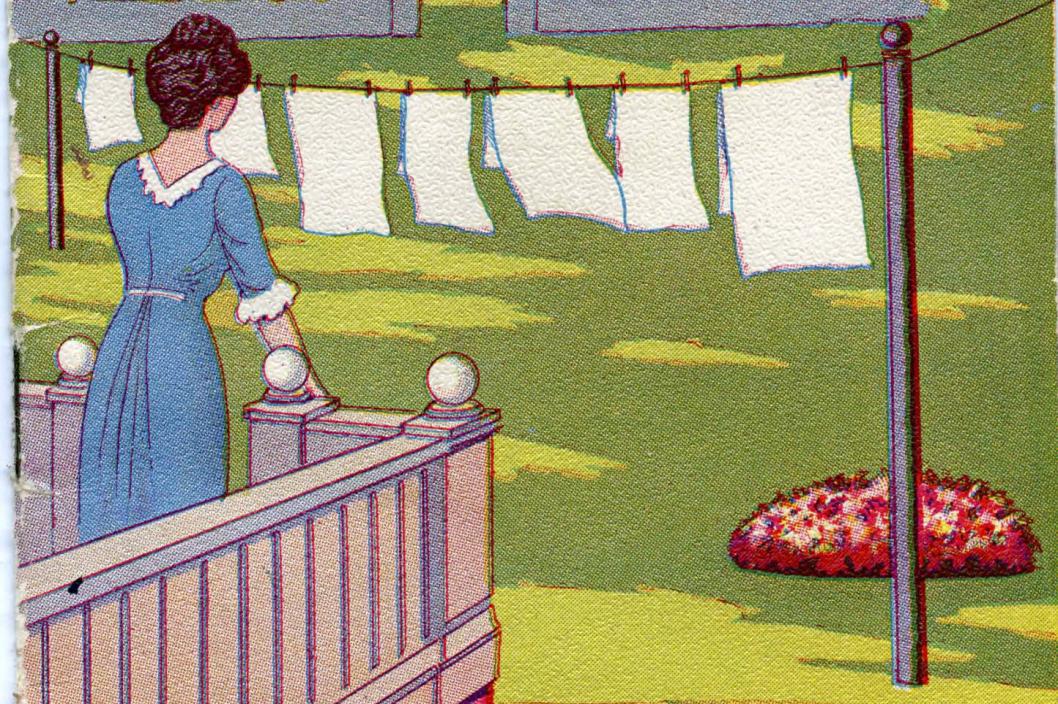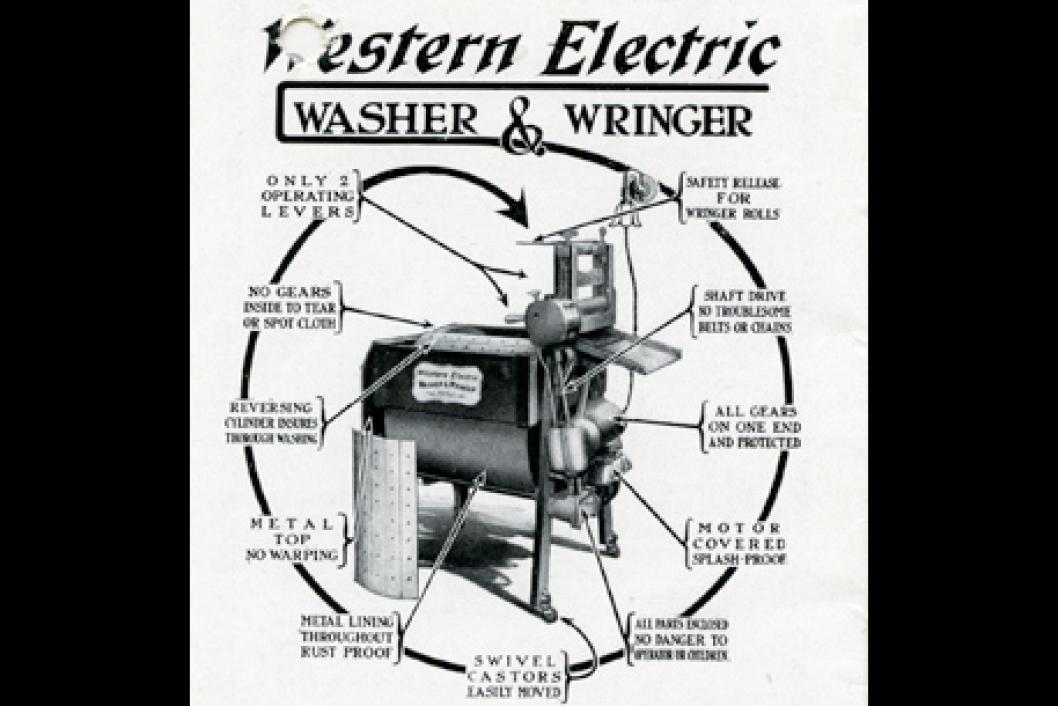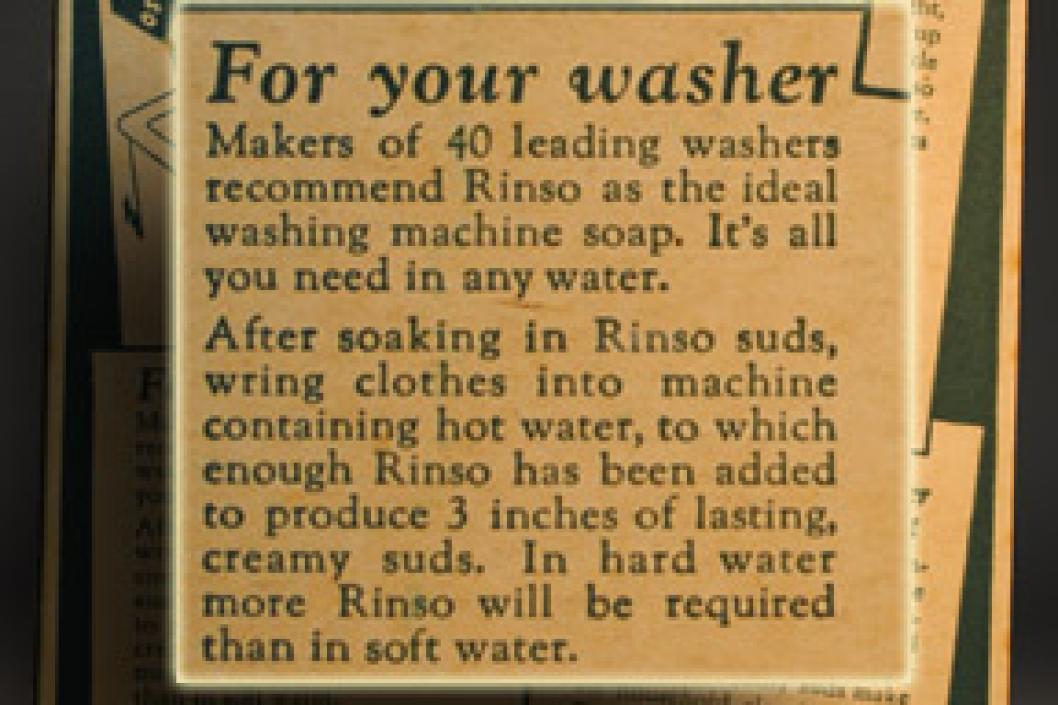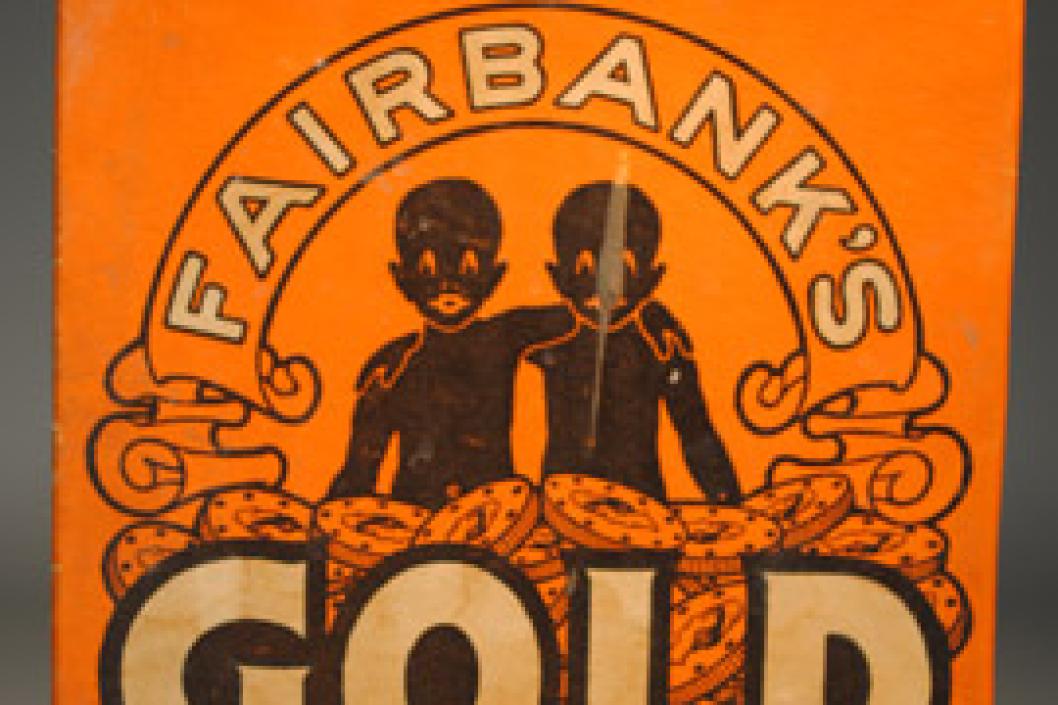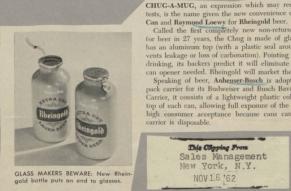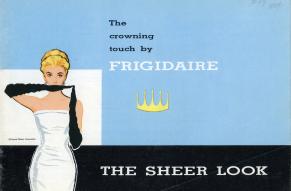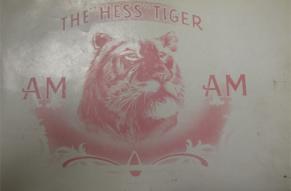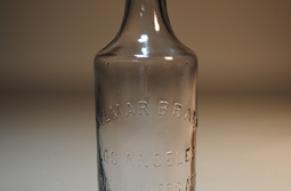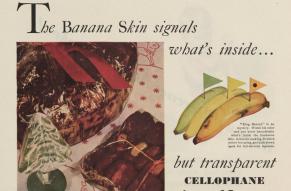Before the introduction of the hand-powered rotary washing machine in 1858, housewives scrubbed clothes clean against a washboard with a bar of soap, a time-consuming and physically taxing chore. Washing machines, especially electric varieties after about 1910, both eased the chore of doing laundry and created a market for new soaps.
The new washing techniques also meant a change in soap technology. Bar soaps gradually gave way to new washing powders, which were better suited to laundry done by machine. N. K. Fairbank’s Gold Dust washing powder, introduced in 1889, was the first to use hydrogenated cottonseed oil. It proved to be a more effective fabric cleanser than earlier soaps. Selling powdered soaps required a different kind of packaging. Unlike self-contained bar soaps, the new powdered soaps came in paperboard boxes. These became ideal canvases for developing brand mascots like the iconic Gold Dust Twins.
Additional content in the Hagley Digital Archive:


